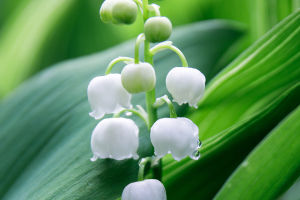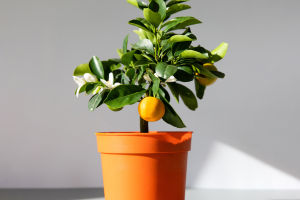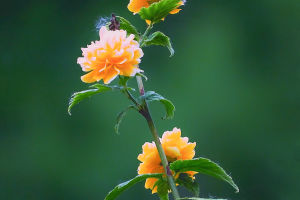When it comes to indoor plants, hyacinths are often mentioned.
They are renowned for their gorgeous flowers and captivating fragrance, but they also come with some controversy due to their potential toxicity.
So, are hyacinths suitable for indoor cultivation? We will explore this question in this article and provide relevant advice.
Characteristics
Hyacinths (Hyacinthus) are perennial plants native to the Mediterranean region. They typically bloom in spring, displaying colorful flowers in various shades such as purple, pink, white, and blue. Besides their beautiful flowers, hyacinths also emit an intoxicating fragrance, making them highly favored by people.
Benefits and Uses
1. Ornamental Value
In spring, hyacinths can be used to adorn flower beds, planted along the edges of lawns, or potted indoors. Regardless of the method, they serve to beautify the surroundings and provide visual enjoyment.
2. Fatigue Relief
Hyacinths have a unique aroma that can stimulate the human nervous system, inducing relaxation and stabilizing emotions, thus reducing depressive moods.
Additionally, placing hyacinths indoors in well-ventilated areas can invigorate the mind and alleviate fatigue. However, it is important to note that hyacinths should not be placed in bedrooms as they can lead to insomnia.
3. Essential Oil Production
Hyacinth flowers have a rich fragrance that can be extracted into essential oils using professional techniques. This oil can promote physical and mental relaxation and can be carried along conveniently. However, it should be used in moderation, and frequent use should be avoided.
How to Care for Hyacinths Indoors? Follow these principles.
1. Light
Hyacinths prefer bright sunlight but should not be exposed to direct sunlight, which can scorch their leaves. Therefore, it is best to place them near bright windows indoors, ensuring they receive ample sunlight without being subjected to excessive exposure.
2. Temperature
The ideal growing temperature for hyacinths ranges from 15°C to 21°C. Within this range, they can grow healthily and bloom in spring. Avoid exposing them to extreme cold or heat, as this may adversely affect their growth.
3. Humidity
Hyacinths thrive in relatively humid environments but are not tolerant of waterlogging. Therefore, it is important to avoid overwatering during maintenance to prevent root rot. Watering should be done on the soil surface.
4. Soil and Fertilizer
Hyacinths prefer well-draining soil rich in organic matter. During the growing season, liquid fertilizer can be applied every two weeks to provide the necessary nutrients for the plants.
Toxicity Issues
Despite their beautiful flowers and enchanting fragrances, hyacinths pose toxicity concerns. Their bulbs and leaves contain toxic chemicals such as alkaloids and ketone compounds, which can cause poisoning if ingested by humans or animals.
In summary, hyacinths, as indoor plants, not only boast charming flowers and fragrances but also add aesthetic value to living spaces, alleviate fatigue, and even provide raw materials for essential oil production.
However, we must also acknowledge their toxicity issues. Therefore, extra caution should be exercised during maintenance to ensure they are placed out of reach of children and pets. When selecting indoor plants, it's essential to make wise choices based on the circumstances of household members to ensure the safety and health of the indoor environment.


